Ask any CEO who her competitors are and she will quickly rattle off a list of rivals through gritted teeth. These are likely competitors that directly compete for the same or similar products and services.
But what if I told you that she is losing business to companies that don’t even compete in the same space, or sell similar products or services?
Traditional Business vs Digital Business Competition
In a traditional business model, a company has a physical presence in each region it serves, selling products or services to local consumers. While there are plenty of brick-and-mortar operations running today, the digital age has dawned a new way to do business.
Today’s companies often have a few physical locations that serve a global market. These organizations compete for digital traffic online by producing content that targets specific keywords and search queries. When a business successfully beats its search competitors by ranking higher on the search engine results page (SERP), it can boost brand awareness and drive more potential customers to visit its site.
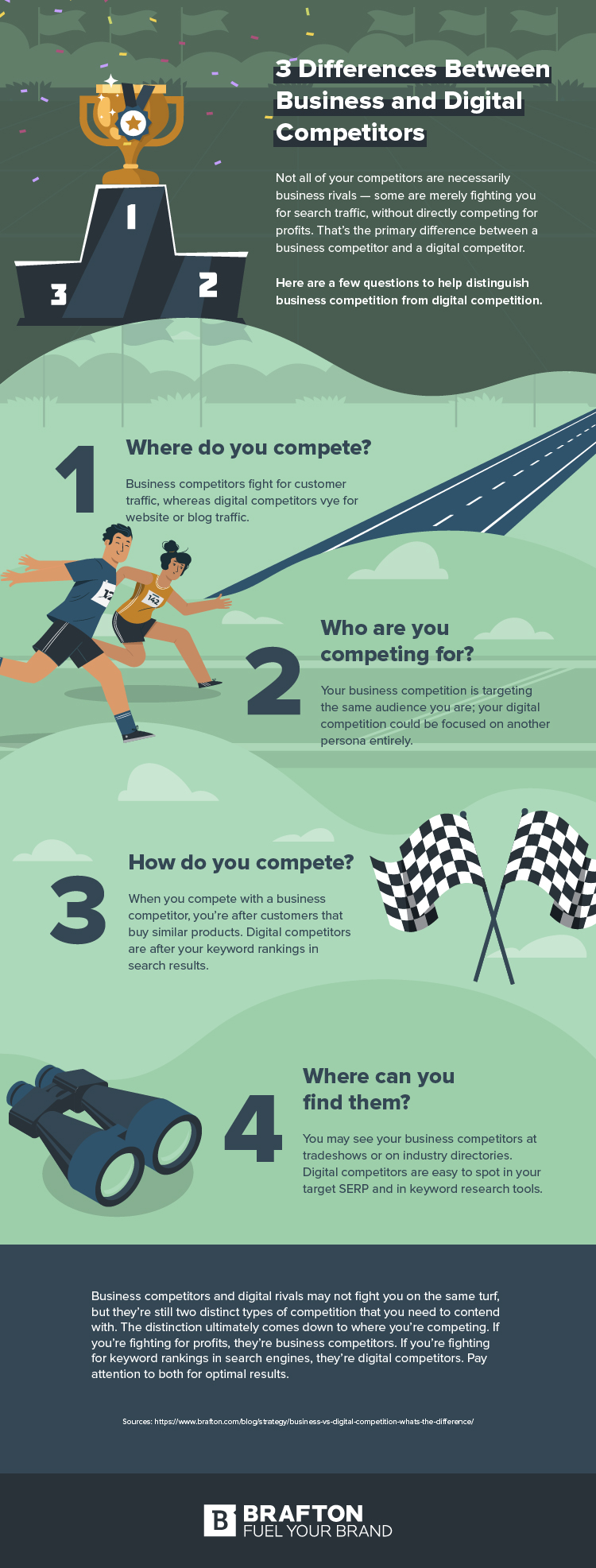
What is a Search Competitor?
Simply put, your search competitors are those domains that rank for the same keywords you do. They might be traditional business competitors as well, but this isn’t always the case. It doesn’t matter whether they’re competing for the same customers as you. By targeting the same keywords as you, they’re competing for visitors in the same digital market.

Why Track Your Digital Competitors?
First of all, they are taking eyeballs away from your site by ranking for the keywords you want to own. Whether they sell competing products or services or not, they have taken your potential visitor away from you, and with it, a chance to sell to that visitor. Any site that is ranking ahead of you for keywords that could drive potential customers to your site, is a digital competitor. Period.
Second, your online competitors can provide insight into keywords you are not currently targeting, but should. For example, if you’re a Swedish clog shoe maker, and someone’s blog owns the term “are clogs comfortable?”, you should probably consider stealing some of that traffic!
Subscribe to
The Content Marketer
Get weekly insights, advice and opinions about all things digital marketing.
Thank you for subscribing to The Content Marketer!
How to Find Your Organic Competitors
One of the simplest ways to conduct competitors mapping and find out who you’re up against is through a simple search engine query. Search for one of the primary keywords that are central to your products and services in Google and see who comes up. At the top of the search engine results page, you might see some paid results. Don’t disregard these just because they’re not there organically; the fact that they’re paying to rank for that keyword says a lot.
Let’s get back to our Swedish clogs…
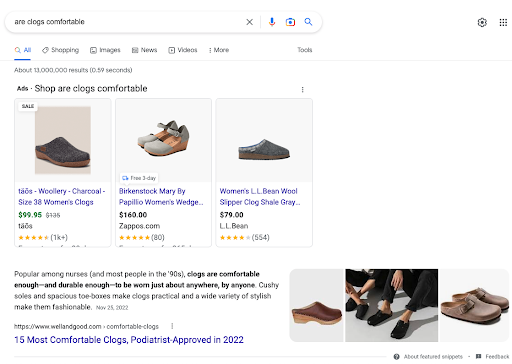
Here we see the first results are paid ads, but scroll down a bit and there are plenty of organic results taking quality traffic.
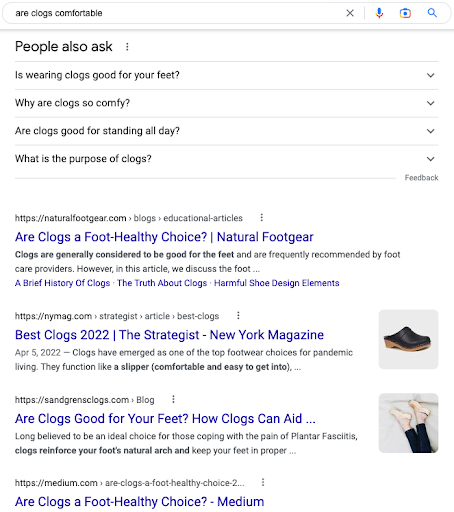
This DIY competitor analysis isn’t the only way to sniff out your digital competition. Tools like Semrush, Ahrefs, Moz, SpyFu and MarketMuse can provide valuable insight into your digital marketing efforts and online competition. Semrush has a collection of particularly powerful tools that we use at Brafton a lot. Here are a few great ones:
Organic Research Competitor Report (Semrush)
The Organic Research Competitor report gives you a broad overview of your online competitors. Type in your URL, and you’ll be presented with a list of domains that rank for the same keywords as you. These may be business competitors as well as organic competitors; many times, they’re both. Let’s take a look at what comes up when we look at Bath & Body Works’ domain:
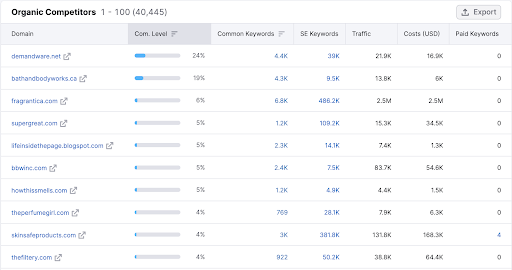
Some of the results are to be expected: demandware.net is an eCommerce platform used by B2C and B2B retailers, and bathandbodyworks.ca is just the Canadian site. But the other domain, fragrantica.com, is also listed as a key competitor.
According to its website, “Fragrantica is an online encyclopedia of perfumes.” It’s not directly competing for Bath & Body Works’ customer base; in fact, its business model works by drawing consumers in to find the right perfume so they can view ads and purchase products through an affiliate link. But it also ranks for many of the same keywords as the retailer, making it a search competitor.
Exploring all of your organic competitors can help you gain a greater understanding of what your readership really wants to find. A website that’s ranking for similar keywords is likely also ranking for a few that you haven’t thought of. Disregarding a particular website just because it’s not your traditional competitor could leave you blind to potential traffic that could impact your bottom line.
Keyword Gap Analysis (Semrush)
Simply knowing who else is ranking for the same keywords you’re targeting isn’t enough to give you a competitive advantage. You should also know for which specific keywords your competition is ranking higher than you. That’s where the Keyword Gap analysis tool comes in handy.
Let’s look at how Bath & Body Works stacks up against another competitor, The Body Shop.
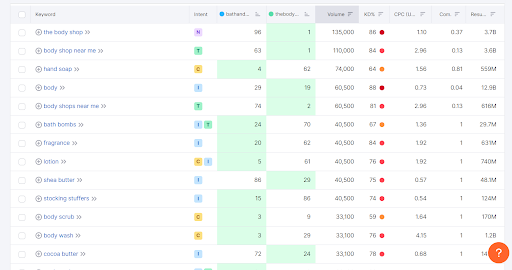
Hand soap, a product both stores sell, has a high search volume. Bath & Body Works is in the 4th search position for this keyword, while The Body Shop trails behind in 62nd place. When it comes to body scrub, The Body Shop gets much closer in 9th position, while Bath & Body works ranks in 3rd.
Seeing the keywords your competitors are using to boost their own site traffic can help you develop new digital marketing strategies to bring in potential customers. This way, not only will you appear in more search results, but you’ll also capture the attention of potentially new readers who may be searching for a term you only recently adopted in your content marketing strategy.
How to Beat the Digital Competition
Once you know how you’re doing compared to your competitors, you need to work hard to either get ahead or stay ahead. When you’re competing against other domains for SERP rankings, it’s all about having a relevant, informative website, and that, of course, is where digital content marketing comes in.
Step 1: Research and Ideate
Before you begin writing, you need to come up with a plan that will work to bring in more readers. After completing the keyword research, you should have a list of keywords that you want to target. Use these as inspiration for topic generation.
Step 2: Content Map and Create
Before we begin writing a piece of content at Brafton, we create a Content Map. We answer questions about the intentions of the article and conduct in-depth research to determine related topics to cover. As a result, we ensure we’re creating the most comprehensive piece on the web about that topic.
Step 3: Ensure Content Quality
Beyond the content mapping process, there are certain tools that can help you make sure your content is as effective as possible. Semrush’s SEO Content Template is great for this.
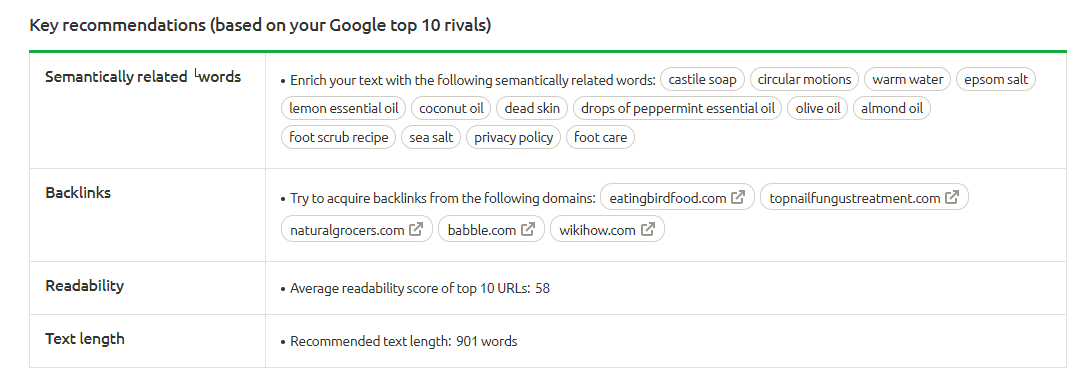
The template gives you a few suggestions, like how long your article about body scrub should be, which semantically related keywords you should use and who you should attempt to get backlinks from.
MarketMuse provides a similar report, which gives suggestions about article length, complementary keywords and winning headlines.
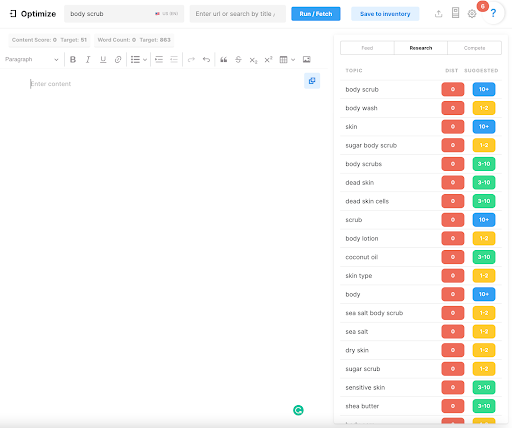
Some companies shy away from the idea of analyzing their competition. But getting to know who you’re up against is the best first step in getting ahead. You want your website to stand out against other websites with similar information, and diving head-first into competitor analysis is an important component in creating a digital marketing strategy that succeeds.
If you haven’t yet explored what’s helping your search competitors win coveted SERP rankings, why not begin today? Start with that DIY competitor analysis technique described earlier; you might be surprised by who’s siphoning your readership.
Editor’s Note: Updated December 2022.





